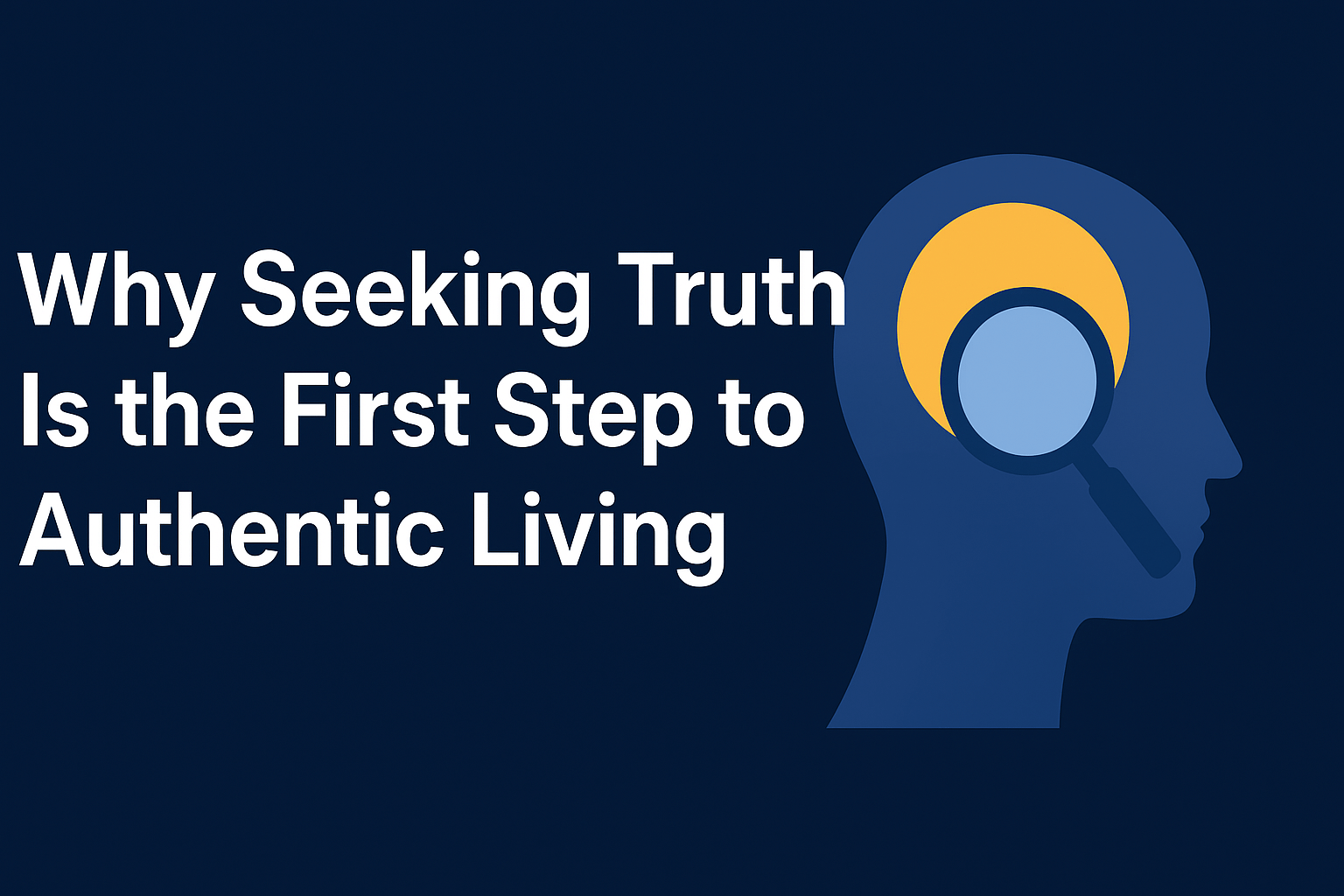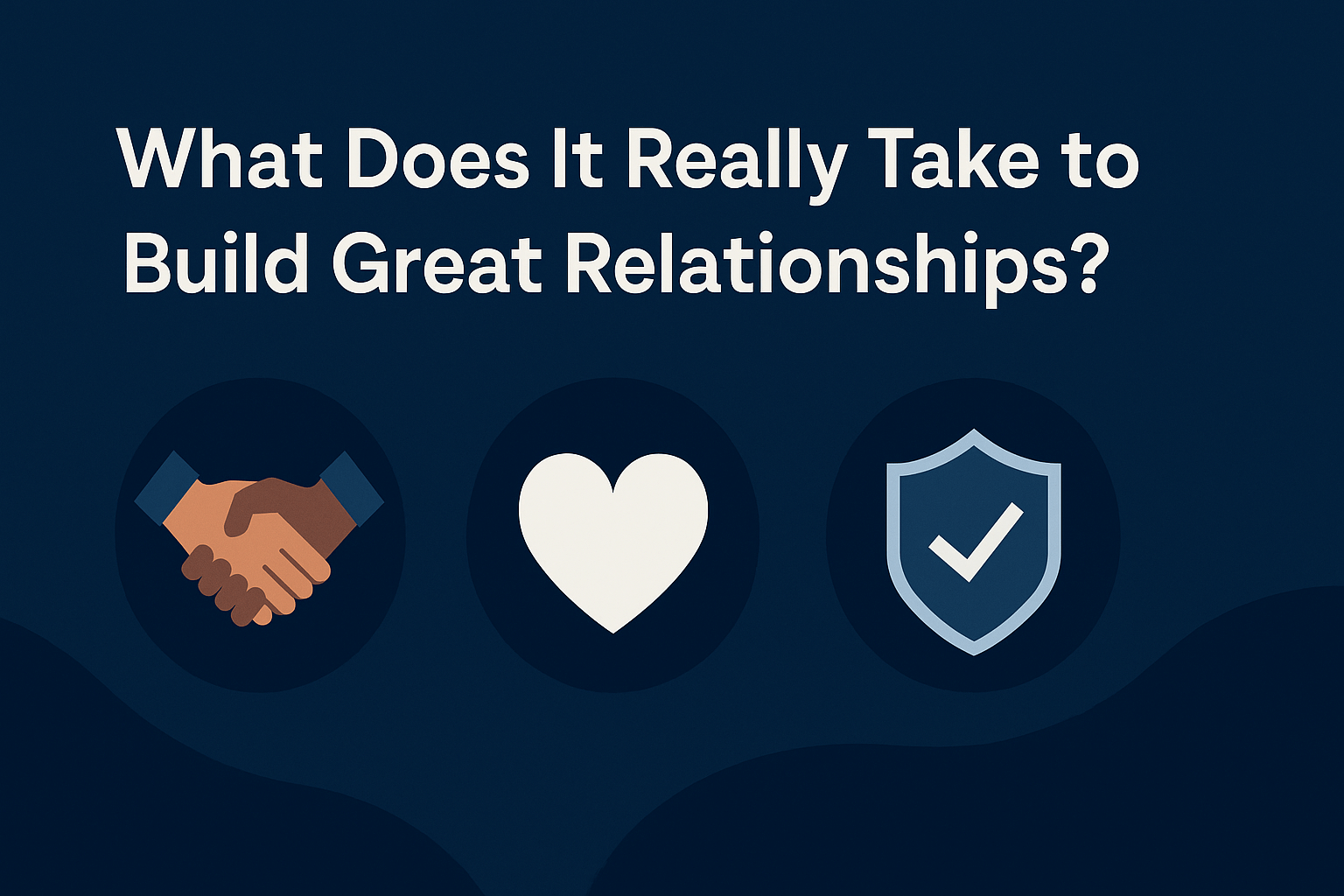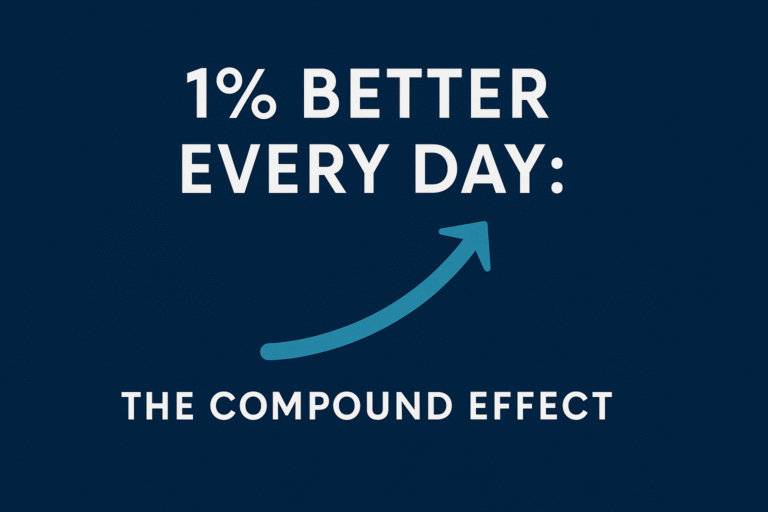Let’s be real—no one wants to be that person. The one who talks too much, pushes too hard, or makes every conversation feel like a sales pitch. If you’ve ever cringed at a cold DM or a pushy offer, you’re not alone.
But what if I told you there’s a better way? That learning how to sell doesn’t have to feel fake, forced, or uncomfortable?
Whether you’re building a business, learning to master sales, growing a side hustle, or just trying to get better at communication, mastering how to sell authentically is one of the most powerful skills you can develop. In this post, I’m going to show you how.
Why ‘Salesy’ Doesn’t Work Anymore
The Modern Buyer Sees Right Through the Pitch
We live in an age of information. The average person sees thousands of ads daily. That means buyers today are more skeptical, more educated, and more resistant to pressure than ever before.
Pushy, high-pressure sales tactics? They’re old news. Most people click away, delete the email, or tune out as soon as they sense even a whiff of desperation.
Truth bomb: People don’t hate being sold to. They hate being manipulated.
From Selling to Solving: The Mindset Shift
Here’s where things change.
If you want to learn how to sell, start thinking like a problem solver, not a product pusher.
Lead with Curiosity, Not Convincing
Ask questions. Learn their pain points. Dig deep into what’s really bothering them.
Let’s say you’re a fitness coach. You’re not just selling workouts—you’re solving for self-confidence, energy, or maybe the ability to play with your kids without getting winded.
When I first started learning sales, I made the mistake of talking about product features and how it helped me and changed my life. But no one cared because this doesn’t solve how it will solve their issue.
But when I asked, “What’s your biggest frustration you have in this area?” everything changed. Suddenly, I was having real conversations, not sales calls.
How to Sell Without Being Pushy
Let’s dive into the practical tactics that make your approach more magnetic and less… cringey.
1. Use Storytelling Instead of Bullet Points
Don’t just list the benefits. Share stories. Talk about a client who went from stuck to thriving. People relate to people, not products. Or someone they may know that you’ve helped to help build credibility.
Tell a story, for example:
“One of my clients was just as skeptical as you are but knew that something needed to change. He decided to take a shot and he followed our program and saw how simple it really was and he was able to see results in as little as 30 days.”
Stories build connection. They paint a picture of what’s possible.
2. Lead with Value First
Give before you ask. Provide real tips, helpful insight, or a free tool. You’re proving that you’re generous, capable, and trustworthy. If the free stuff is really good, they will ask, “I wonder what the paid stuff is like?”
Whether it’s a free resource, a thoughtful DM, or a helpful comment, leading with value lowers resistance and raises curiosity. Again are you in the business to help people or just sell products or services? There is big difference.
3. Talk Like a Human
Here’s a quick test: Read your pitch out loud. If it sounds like a robot or a 1990s infomercial, rewrite it.
Casual, honest, helpful = trusted. Jargon, hype, and over-the-top excitement = ignored.
Example:
❌ “This revolutionary new product will transform your life!”
✅ “Here’s something that helped me when I was in your shoes.”
Building Trust in Sales Conversations
Be Transparent About Your Motive
You’re not trying to trick anyone. You’re trying to help. When people feel that honesty, they lean in instead of backing away.
If something isn’t a good fit, say so. Your integrity will bring people back when they are ready, or they’ll refer someone else. The goal isn’t to sell to everybody, your goal is to get your product or service in front of the right people. Read that again.
Use Social Proof (But Keep It Real)
Instead of saying, “People love this!” try:
“A student last week said this was the best advice she’s gotten this year.”
Short, genuine, specific proof beats vague hype every time. Be specific.
What to Say Instead of High-Pressure Closes
Want to know a secret? The best salespeople don’t close—they invite.
Soft Close Examples That Work:
- “Would it be helpful if I showed you how this works or how easy it is?”
- “Based on what you’ve said, this sounds like a great fit—want me to walk you through it?”
- “No pressure at all—just thought this might help.”
These phrases keep the energy relaxed and focused on the person in front of you, not your quota.
Confidence Without Cockiness
Know Your Value
Here’s a big one: If you don’t believe in what you’re offering, it’ll show. But if you genuinely believe in it, you’re not “selling”—you’re serving. Get to know the product or service you are selling, and start using it if you’re not already.
When I first learned sales, I hesitated. But once I realized the transformation I could offer people, I shifted from “please buy” to “I can help you solve your problem—and I’m excited to.”
Detach from the Outcome
This might sound counterintuitive, but the less attached you are to making the sale, the more people want to buy from you.
Desperation is repellent. Confidence and calmness are attractive.
Final Thoughts: How to Sell Without Selling Out
If you’re scared to sell, remember this: Sales isn’t about pressure—it’s about helping people make a decision that improves their life.
Learning how to sell is really about becoming a better communicator, listener, and leader.
So next time you find yourself needing to pitch an idea, a product, or yourself, take a deep breath and remember:
- Ask good questions.
- Lead with value.
- Be human.
- Invite, don’t push.
That’s how the best do it. And you can too.
Action Step:
Think of one product, service, or idea you want to share. Rewrite your pitch in a way that solves a problem, uses a story, and feels human. Try it out in a conversation this week and watch what happens.
Bonus Tip:
Read “To Sell Is Human” by Daniel Pink if you want to go deeper. It’s one of the best books on selling in the modern world (Pink, 2012).
References:
- Pink, Daniel H. To Sell Is Human: The Surprising Truth About Moving Others. Riverhead Books, 2012.





